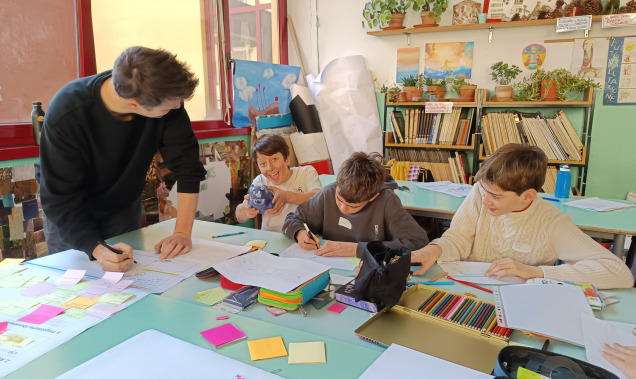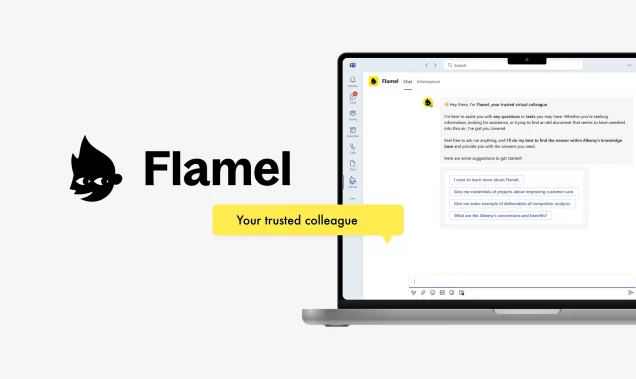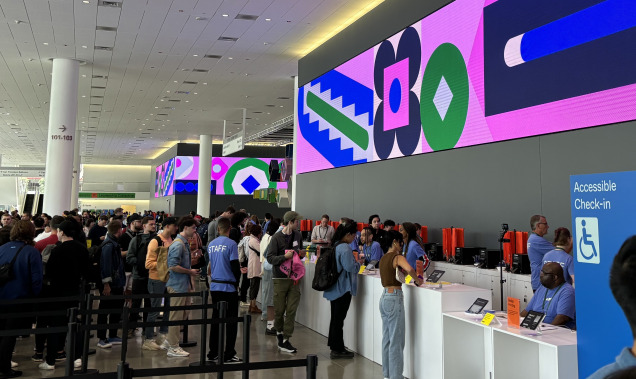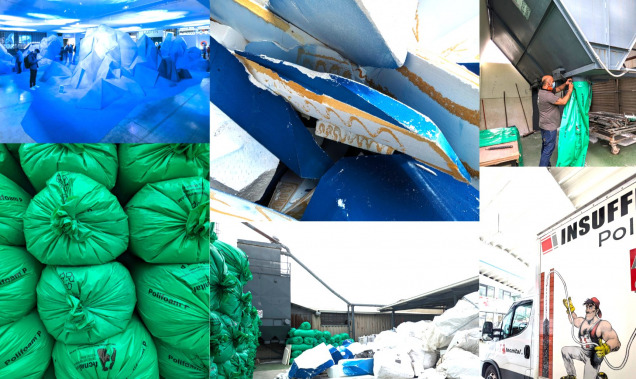In the Traveler’s Backpack
What defines a traveler? Is it the destination that defines the traveler or the traveler who defines the place he goes? How do we experience our destinations? Having worked on many projects in Iceland in the travel industry, we started asking questions.
To answer all of our questions and be in the best position possible to adeptly assist our clients, we performed in-depth research on the hospitality industry, gathering a ton of information on travel, hospitality services, behavioral trends, destinations and generational cohorts. This was the basis for building a shared knowledge between our internal, cross-disciplinary teams. As we proceeded, we realized that the thousands of pages of information we collected weren’t enough on their own to give us a clear understanding of travelers.
The first deck of cards was designed with a focus on tourism. We are already busy developing a new set of cards, this time for employees in companies.
This is why the DGI service team started developing traveler user type cards—profiles of different types of travelers that would empower us, and our clients in the travel and hospitality fields, to more thoroughly understand travelers. While we initially started with travelers headed to Iceland, we quickly shifted to building profiles with a global scope, so that they are applicable and relevant whether the destination is a tropical paradise or a snow-topped glacier.
Discovering and developing
Our first step in creating the cards was to conduct a round of interviews (30 to 50 minutes each) with people who had already visited Iceland. We then continued our research with questionnaires designed for travelers who had already visited Iceland or who were planning to visit.
We asked questions pertaining to three overarching topics: pre-trip (including booking, expectations and needs), during the trip (including experiences, attitudes, activities and challenges), and post-trip (including memories and takeaways).
We worked to understand the different attitudes people have towards traveling and their diverse needs. Then while crossing our traveler profiles with already existing categories we found online, we were able to expand our emerging traveler types into a wider range.
In order to transfer knowledge and information about the traveler types internally among our own team, as well as to transmit our findings to our clients, we needed a tool that facilitates knowledge sharing.
Why cards?
We decided to use cards, a convenient and empathic tool that can easily be used in workshops with clients, during internal activities and user testing sessions. Each card includes a description of what travelers are looking for, as well as their attitudes towards traveling.
One of the biggest challenges for us was to put ourselves in the different user types’ shoes in order to understand why they behave the way they do, and at the same time to not judge them and remain neutral in developing the profiles. To this end, the user type naming process was crucial, and it required several iterations until we had the names just right.
These cards can be used as a framework to cluster observations and define strategy in terms of needs, mindsets and aspirations. They help to identify travelers’ expectations and desires.
The designing of the cards was a challenging process. At first, we were using stock photographs to represent each user type. However, we quickly realized this wasn’t working. People couldn’t empathize with the traveler types because of the photos. When reading the descriptions, the users perhaps recognized themselves in the various categories, but the images made the profiles feel distant, as if the cards described other people, not themselves.
The Service team brainstorming to find the souls of the travelers and create the sketches.
For the second version of the tool, we created a series of illustrations, one for each card. Each illustration represents a specific behavior through a neutral character surrounded by objects related to the type he represents. After more tests, we received positive feedback from the users, discovering the strong empathy they had while finding themselves represented in a card (or in many different cards).
Since the cards are useful for developing proto-personas, personas and guest clusters during workshops, we also added an empty card with a character ready to be designed, to allow new traveler types to be developed.
Success and applications
The cards have already proven to be a useful tool for our clients to understand their customers better, and to envision new services. In particular, they help operational and top management teams within companies gain and leverage knowledge about their clients.
We added two intro cards that explain all the usage possibilities as well as the limits of the deck.
The largest reward has been to see the tool evolve and to see one of our clients adopt it internally to train their own staff, in addition to using it to better understand their customers. The client even proposed new user types, which we later developed and validated together.
We will continue to validate all of the archetypes we’ve created among a larger number of people by using tests and interviews, which will enable us to enrich the contents of the cards with both qualitative content and quantitative data.
So, if you are traveler, don’t forget to drop us a line and tell us what type you are!





